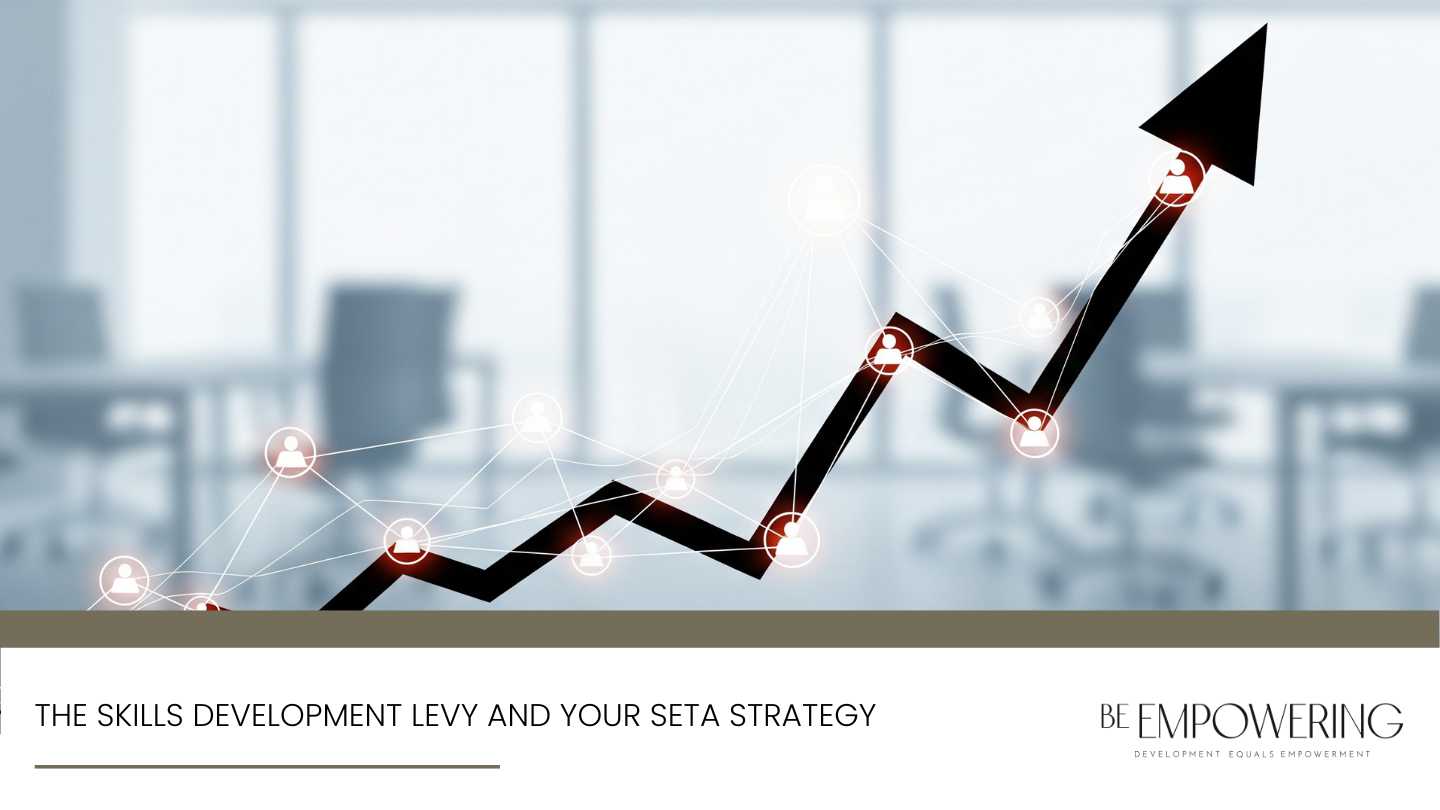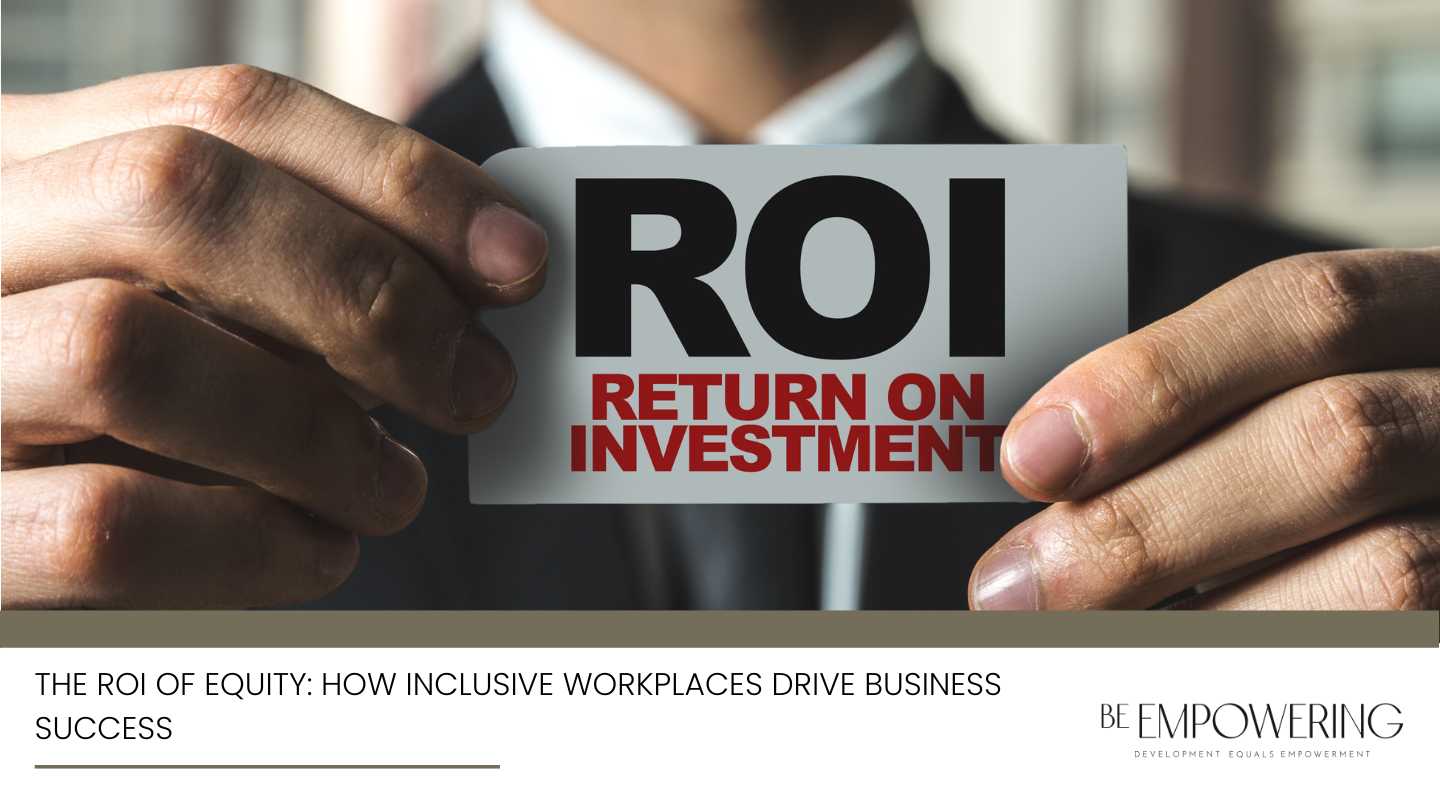Workforce management (WFM) has evolved from simple punch‑cards and paper schedules into a strategic powerhouse that drives growth across every part of the organisation. Below you’ll find ten game‑changing reasons to invest in next‑generation workforce management and workforce planning with extra detail so you can see exactly how the gains stack up.
Modern Workforce Management Tips
1. Ultra‑Personal Scheduling Keeps Staff Happy —and Present
AI‑powered rota systems gather hard data (forecast demand, contracted hours) and soft data (preferred start times, childcare windows, even hobby nights) to build the smartest possible schedule. Because shifts align with real‑life needs, companies report:
- 15–20 % drop in unscheduled absence
- 10 % higher employee‑satisfaction scores
- Faster onboarding—new starters feel “heard” from week one
2. Live Skills Dashboards Close Talent Gaps in Minutes
Every time an employee completes a micro‑course, renews a license, or gains a language certification, the competency matrix updates automatically. Managers can:
- Filter by skill + location to fill tomorrow’s night shift in seconds
- Identify at‑risk skills and trigger targeted upskilling programmes
- Offer career‑path transparency that boosts retention by up to 12 %

3. Hyper‑Accurate Demand Forecasting Slashes Labour Waste
Machine‑learning models now crunch historic sales, weather forecasts, social sentiment, and local events. Results include:
- Up to 95 % forecast accuracy in retail and hospitality
- 8–12 % labour‑cost savings from trimming overstaffed lulls
- Happier customers—no queue, no missed service‑level targets
4. Wellbeing Metrics Become Board‑Level KPIs
Opt‑in wearable integrations supply anonymised heart‑rate variability and sleep data, layered with absence and overtime metrics:

5. “Workforce Wallets” Give Employees Instant Access to Pay
Earned‑wage access (EWA) platforms let staff tap into wages as they accrue them—no payday loans, no financial anxiety:
- Hourly‑worker turnover drops by up to one‑third
- Clock‑in compliance improves (people value every minute)
- Employers pay nothing upfront—costs come from a tiny card‑processing fee
6. Internal Gig Marketplaces Ignite Engagement & Agility
Think Uber, but for internal shifts and micro‑projects:
- Employees explore new roles without leaving the company
- Managers fill peaks with zero agency spend
- Cross‑functional experience accelerates leadership pipelines
7. Transparent, Ethical AI Builds Legal Compliance and Trust
Explainability layers show exactly how an algorithm assigned each shift, allowing teams to:
- Audit bias in gender, age, or ethnicity automatically
- Satisfy emerging “Fair Workweek” laws across the US and EU
- Foster trust—staff can challenge decisions with data, not guesswork

8. AR‑Powered Onboarding Cuts Ramp‑Up Time by 40 %
Augmented‑reality headsets guide new hires through machinery checks, safety drills, and store layouts:
- Training moves from the classroom to the shop floor in hours, not days
- Error rates drop as visual prompts appear in situ
- AR content is reusable across global sites—one build, infinite rollouts
9. Carbon‑Smart Rostering Advances ESG Targets Without Pain
By overlaying carbon data (travel distance, building‑energy peaks) onto staffing plans, organisations can:
- Shift non‑critical work to off‑peak power slots
- Encourage local staff swaps to cut commuter miles
- Feed real CO₂ savings into annual ESG reports—no creative accounting required
10. Voice‑First Self‑Service Delivers Consumer‑Grade UX
Smart‑speaker and mobile‑voice integrations let staff say, “Swap my Friday shift with Priya,” while cooking dinner:
- 24/7 access shreds the “I couldn’t log in” excuse
- Managers spend up to 6 hours less per week on manual rota tweaks
- Inclusivity win: great for visually‑impaired or low‑literacy employees
Quick‑Glance Toolkit
Reason | Typical Tool | Key Metric | Implementation Tip |
Ultra‑Personal Scheduling | AI rota optimiser | 15 % fewer swaps | Survey staff preferences quarterly |
Live Skills Dashboards | Competency matrix | 3× faster shift cover | Sync LMS & HRIS automatically |
Demand Forecasting | ML modeller | 8–12 % labour‑cost drop | Feed in weather + events |
Wellbeing KPIs | Wearable connectors | 30 % fewer stress days | Make participation voluntary |
Workforce Wallets | EWA fintech | 33 % lower turnover | Cap daily withdrawals |
Internal Gig Hub | Talent marketplace | Zero agency fees | Start with a pilot site |
Ethical AI | Explainability layer | Audit‑ready logs | Publish a fairness policy |
AR Onboarding | Smart‑glasses kit | 40 % faster ramp‑up | Localise voice‑overs |
Carbon Rostering | Emissions overlay | Measurable CO₂ cut | Target travel‑heavy roles first |
Voice Self‑Service | Shift‑swap bot | 6 h manager time saved | Offer multilingual commands |
Conclusion
Modern workforce management is no longer back‑office admin; it’s a strategic lever for cost, culture, and climate gains. Embracing these ten innovations in your workforce planning delivers happier staff, leaner operations, and a future‑proof balance sheet.
Contact BE Empowering today and discover how modern workforce management can super‑charge your organisation in 2025 and beyond.




